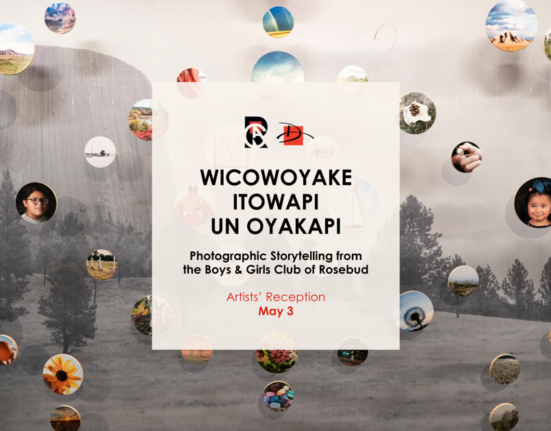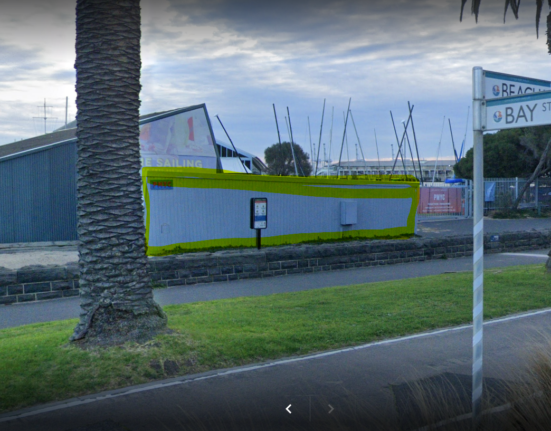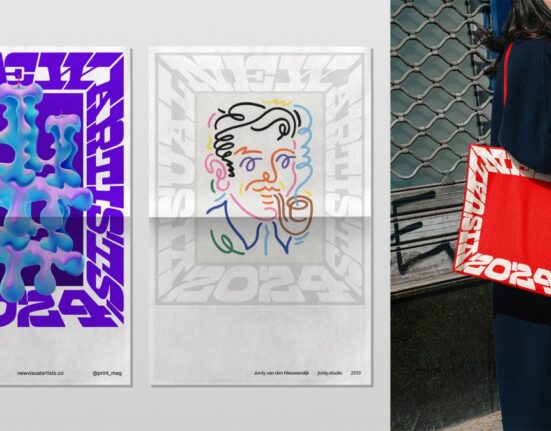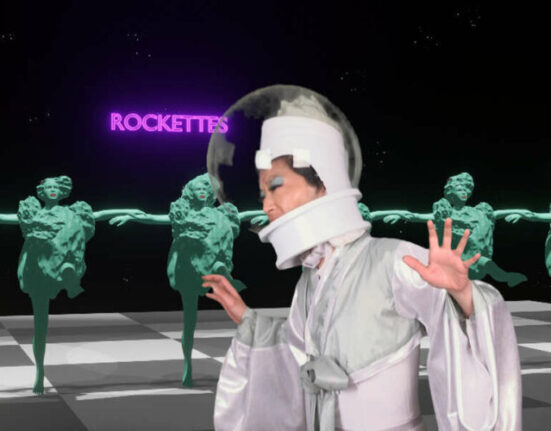Artificial Intelligence (AI) is changing the world and making a big splash in the art community. For artists who run their own small businesses, AI brings a mix of feelings. Some worry that AI might take their place or make it easy for others to copy their style. Others are excited about what AI can do, thinking it could help them create new and exciting things. And some artists want to keep up with the latest technology to stay in the game.
The truth is that AI does create art, but it could be better. It can’t replace the special touch that human artists bring. Instead, AI can be a great helper. It can give artists new ideas and make some tasks easier, freeing them to spend more time creating.
We will explore how AI can be a friend to artists, especially those handling their own business. We’ll see how AI can help make art and manage business. So, let’s dive in and see how artists and AI can work together to create something unique.
Inspiring Concepts with AI
The blank canvas is no longer daunting but a playground of possibilities thanks to AI. As artists navigate through stages of creation — from the spark of an idea to the final brushstroke — AI tools can be invaluable companions. Let’s explore how these tools are reshaping the creative landscape.
Inspiration and Conceptualisation
Imagine you have the seed of an idea but need help figuring out where to take it. Here, DALL-E steps in like a muse, turning words into images and broadening the horizons of imagination. The AI interprets your description of the idea. And generates visual interpretations, offering an inspirational graphic buffet.
Design, Creation, and Enhancement
The journey continues with design and creation, where precision and efficiency become paramount. Take Adobe Sensei. It’s like having a smart assistant in your digital studio. It can do tasks like colour correction and object selection much faster than humans. If you’re a digital painter, it could mean more time to focus on the creative parts of your work. At the same time, Adobe Sensei handles the routine edits, adding vibrancy and precision to your art.
In this digital era, transformation is vital. Brushstroke offers a bridge between photography and painting. It allows artists to convert photos into stunning paintings. It’s perfect for those who wish to blend the clarity of a photograph with the charm of brushwork.
NVIDIA Canvas acts as a gateway for those who venture into the vastness of landscapes. From simple sketches to expansive, detailed scenes, it’s a boon for artists who conceptualise environments for games, films, or digital canvases.
Experimentation and Learning
The artistic journey involves constant learning and experimentation. Artbreeder opens up a world of endless possibilities for artists. It enables them to blend images together and craft unique textures and patterns. It’s a digital alchemist’s lab where artists can experiment with visuals in new, imaginative ways.
RunwayML lets artists dabble in machine learning without needing to be a tech wizard. It’s like having a playground for exploring new frontiers. A traditional artist might use it to blend hand-drawn art with AI-generated textures. This creates something entirely new — a fusion of classic, modern, handcrafted, and AI-assisted.
In the art world, creativity doesn’t just happen on the canvas. It’s also a crucial part of running a successful business. AI can be a game-changer for artists managing their ventures and handling less glamorous but essential tasks. Let’s explore how AI can transform business management for visual artists.
Efficient Workflow and Project Management
When juggling many projects, organization is critical. Trello uses AI to help artists manage their workflow with intuitive boards, lists, and cards. Imagine planning an art exhibit or a series of paintings. Trello can keep track of deadlines, materials needed, and progress all in one place.
For financial management, QuickBooks employs AI to simplify accounting tasks. It can track sales and expenses and predict future trends. This makes it easier for artists to stay on top of their financial health. It’s like having a personal accountant, enabling artists to focus more on their art.
Marketing and Online Presence
In today’s digital age, an online presence is crucial. Buffer uses AI to help artists manage their social media accounts. It schedules posts and analyzes engagement. This allows artists to keep a steady and effective online presence. They can connect with their audience and showcase their work globally.
For artists selling their work online, Shopify offers AI-powered tools to optimise their online store. It provides insights into customer behaviour, personalises the shopping experience, and manages inventory. This enables artists to create a more engaging and successful online store for their art.
The art world thrives on collaboration and networking. Artists often find inspiration, support, and opportunities through the community. AI is bridging gaps and opening new avenues for collaboration and networking.
Enhancing Communication and Collaboration
Collaboration often extends across borders, but language barriers can be a hurdle. DeepL is an AI-driven translation tool. It can understand a collaborator’s message or translate statements. DeepL ensures that language is no longer a barrier.
Miro offers an expansive virtual whiteboard for real-time collaboration. Artists can brainstorm, sketch, and plan projects together, regardless of location. Miro’s AI-enhanced features make it a vibrant platform for creative minds to converge and co-create.
Expanding Networks and Discovering Opportunities
Networking is essential in the art world. With its AI-driven algorithms, LinkedIn helps artists connect with peers, galleries, and potential clients. It can suggest relevant connections and opportunities, making it easier to build a professional network.
Artfinder uses AI to match artists with buyers looking for specific types of art. It helps artists reach a wider audience and assists in discovering new markets and trends. Artfinder’s insights help artists create work that resonates with current demands.
As artists use AI more, it’s crucial to think about the ethics and challenges of this technology. This section explores these aspects, offering guidance for navigating this new landscape.
Understanding AI Limitations and Biases
While AI can augment the creative process, it’s essential to recognize its limitations. AI-generated art is influenced by the data it’s trained on, which can lead to biases. Artists must be mindful of these limitations and use AI to help, not replace their creativity.
The data used to train AI systems can carry biases. These often reflect historical or societal inequalities. Artists should be aware of this and strive for ethical use of AI. It’s essential to ensure creative work does not perpetuate harmful stereotypes.
AI-generated art raises questions about copyright and originality. Artists using AI must navigate the complex legal landscape of intellectual property rights. Know when you can copyright work made with AI and respect others’ copyrights, including those on AI-created content.
The debate around AI in art often centres on the balance between technology and human creativity. AI is an excellent tool for improving an artist’s style and ideas.
As AI technology advances, its role in the art world will continue to evolve. Stay informed and consider how developments affect your work and the broader community.
AI is changing the art world in significant ways. It’s a major shift in how artists create, run their businesses, and work with others. AI helps from start to finish, making things easier and connecting artists worldwide.
These tools reshape creativity and simplify business tasks so artists can focus more on their art. They also help artists collaborate and grow their networks digitally.
But with these changes, artists need to think carefully about ethics. They should understand AI’s limits, respect copyright laws, and mix AI with their own creativity wisely.
As art and AI evolve, they will bring new opportunities and challenges. Artists must stay updated and flexible to use AI well for their art and business. The future of art with AI is full of innovation and diverse possibilities.
It’s an exciting time for visual artists at this crossroads of art and technology. AI is ready to help shape the future of art.
As we conclude our journey through the world of AI, here are some resources for further exploration.
AI Tools for Artists
- Adobe Sensei:- AI-driven features integrated into Adobe’s creative suite.
- NVIDIA Canvas:- AI tool for transforming sketches into realistic landscape images.
- DALL-E:- AI program by OpenAI for generating images from textual descriptions.
- Brushstroke:- App for converting photos into paintings.
- Artbreeder:- AI platform for creating and blending images.
- Trello:- Project management tool with AI features.
- QuickBooks:- AI-enhanced financial management for small businesses.
- Buffer:- Social media management tool powered by AI.
- Shopify:- AI tools for optimizing online stores.
- DeepL Translator:- Advanced AI translation tool.
- Miro:- Collaborative online whiteboard platform.
- LinkedIn:- Professional networking platform.
- Artfinder:- Marketplace for art, powered by AI matching algorithms.
These resources are just the beginning. As AI continues to evolve, so will its role in art. Keeping informed of changes and embracing them as part of the creative journey will be vital to navigating this exciting and ever-changing landscape.







